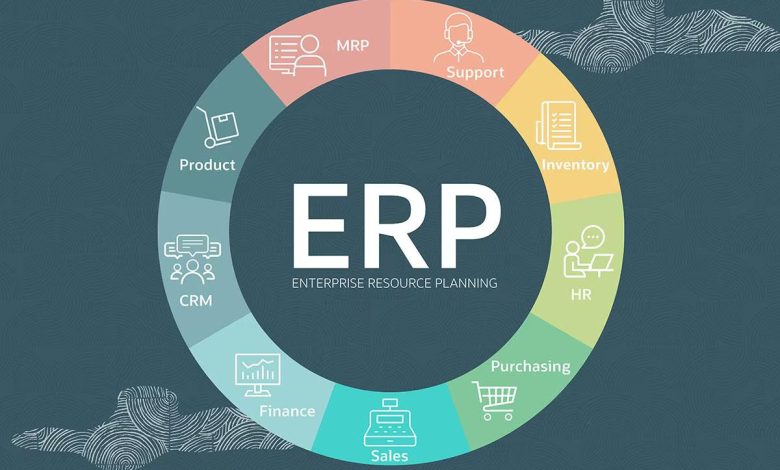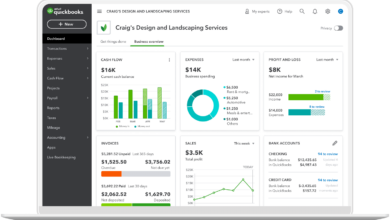6 stages of the ERP implementation project: how to do it?

The methodology to implement an ERP has six stages that we will describe below. We will tell you each stage comparing it with the steps to follow to overcome another equally challenging challenge: running a marathon.
1. Planning: Assemble the internal team
The first stage begins by defining the internal team that will participate in the implementation of an ERP .
Think about the areas that will work with the new ERP system, because a representative from each one should be part of the internal team and bring to the table the main challenges they want to overcome with the ERP.
As in the preparation for a marathon, where the first step is to know your body and improve your weak points, in an implementation process it is key that this representative knows the processes to be improved in his area and, above all, has the power to decision on the ERP functionalities to be adopted.
On the other hand, this internal team also needs IT representatives, because they know how your current system works and will speak the same language as the implementing provider.
Most commonly, the team is made up of managers and heads of areas such as finance, marketing, and IT . In summary, bringing the team together has two objectives:
- Define the processes that you want to speed up and the ‘pains’ to solve with the ERP.
- Establish the role of each one in the process. For example, certain team members will coordinate directly with the vendor that will implement the ERP.
In this first step of the implementation project you also define what you are going to measure and how to measure it . To do this, you must establish with this internal team the KPIs that are relevant and realistic. When the plan (goals, team and areas involved) is approved, stage two begins.
2. ERP and supplier selection
The second step is to choose which ERP system to implement and which expert implementation provider to work with.
In the same way as in a marathon, where choosing an appropriate training routine is key to meeting the objective, the choice of ERP like Dynamics 365 and provider will largely determine the success of the following stages .
The ERP must solve the ‘pains’ raised in the previous phase.
We recommend that you prepare a guidance document and consider the following questions about the ERP, the provider and the future implementation:
- How will data be migrated from the current system to the new ERP?
- How long will implementation take and cost? What modules and functionalities are required ?
- Define processes: will they use ERP best practices or configure the system to suit them ?
- Adapt or adopt? They must decide whether to adopt the ERP configuration, or adapt and customize it according to their needs. They should consider use cases and test cases.
- Does the provider have experience implementing in the countries in which you operate?
- How will your IT team be trained to use ERP?
Recommendation: Choosing an ERP in the cloud will save you investment and effort in local servers and hardware. A good alternative is Microsoft Dynamics ERP , which also has modules and functionalities ideal for companies in the process of expansion.
As for the Microsoft ERP implementation provider, in Latin America there is a true marathon runner who has traveled the different countries for more than 13 years and knows the best way to operate in each country. Mi
3. Let’s get to work! ERP Implementation
With the training routine defined, now is the time to start running. In the methodology to implement the ERP, this step consists of executing the implementation and migration of the data . It is a joint effort between the chosen supplier and the technical profiles of your company (which you defined in phase one of the project).
In this step, the guidelines established in stage two must be followed. For example, for the migration of the data to the new system you must already have established what information will be loaded from the first moment. We do not recommend uploading all the documents at the beginning, but prioritize the ones you will need on the first day of launch . Remember that working more is not always working better.
At this stage, you should review the accuracy of the data to be migrated. They must be up-to-date, without duplicates or errors.
This precision in implementation is possible with Microsoft ERP. As we mentioned before, Dynamics Square is an Dynamics 365 expert partner in the implementation of Microsoft ERP in more than 450 companies in Latin America . The challenges and regulations are different in each country, which is why it has a local team in each of them.
4. Trial and Error
Stage four consists of testing the operation of the ERP and solving any errors that appear. It is usually done in test environments called “sandbox” . Consider the following three aspects for this testing phase:
- Use the most real data possible to execute the processes, workflows and reports.
- Perform quality, performance, and user acceptance tests. Verify the test cases, which are conditions not contemplated in the regular flow.
- Each area of the company must test and validate the flows that correspond to them.
When you have the “check” in these three points, you can go to the next step, number five.
5. Training in the system
Once the ERP implementation is finished, it is the company’s collaborators’ turn to ‘train’ in the use of the system.
In the end, they will be the ones who will use the system in their day to day. Therefore, you must review the document made in phase two and execute that training plan drawn up.
The best alternative is to receive training from the experts. There are partners like Dynamics Square that, in addition to implementing the ERP system, offer their clients access to online training courses in different languages. From Dynamics Square, its e-learning platform, your internal team will be able to train and get in shape to get the most out of ERP .
6. One, two, three… out! live output
It’s crunch time and game time! You have gone through a long road of several months: first you defined the team; then you put together the action plan and started training; to finally arrive prepared on the day of the live start.
Unforeseen events can always occur during start-up, but these can be solved if you followed this ERP implementation methodology. Even more so, if you hired an expert in ERP implementation in the Latin American countries where you operate.
Secret recommendation: As companies operating in Latin America have to issue legal reports, Dynamics Square recommends that the go live be on the first business day of the month .
A successful go-live is a milestone for your company, one as big as running the -mile marathon. Because of the distance and effort, both challenges may seem overly complicated, but a step execution plan makes it easier.
After some time has elapsed from this milestone, you can analyze whether you require new functionalities or integrate other systems with the ERP. However, this is the reason for future routes. For now, put on the medal and start enjoying the new agility of your processes!
See more post – https://thetrustblog.com/




